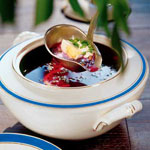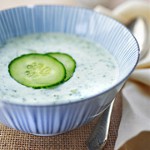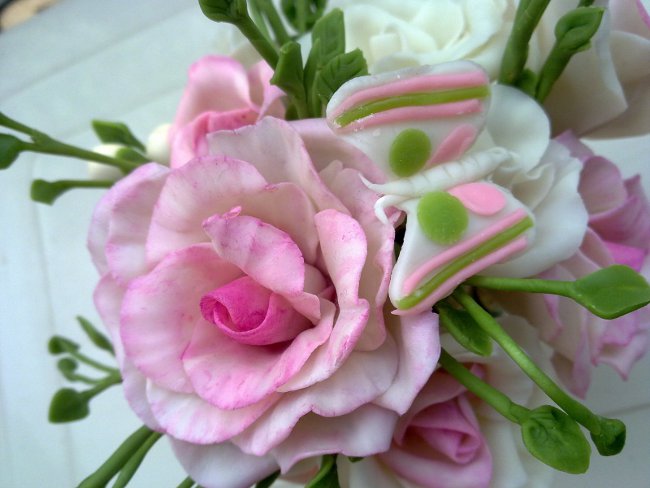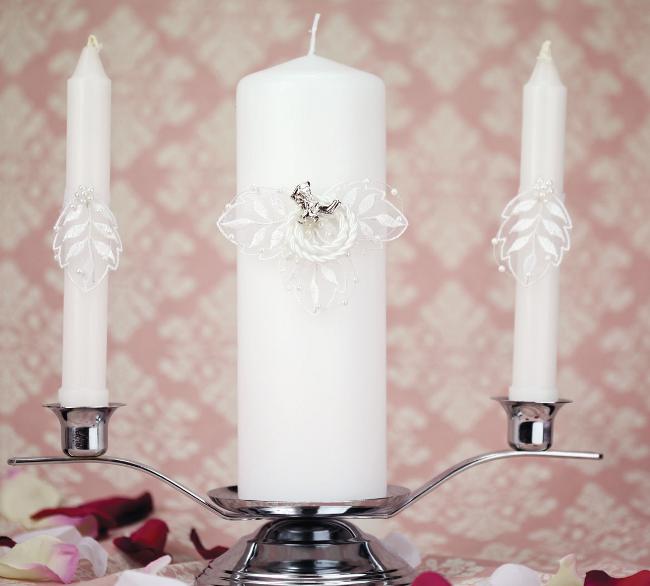Cold porcelain own hands
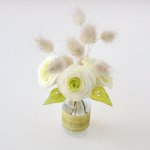
The so-called cold porcelain is veryA popular material for modeling various products. Despite its name, cold porcelain has no relation to the real porcelain, but it can be made with the help of equally beautiful and durable jewelry, souvenirs, accessories. If desired, you can do cold porcelain.
Cold porcelain is plastic material for artistic modeling, obtained from glue, corn starch, glycerin and oil. Cold porcelain was invented at the beginning of the last century. Today it is valued for its cheapness, absolute harmlessness.
Working with cold porcelain is very convenient. It is soft, like plasticine, but unlike the same plasticine, can harden, thanks to which products made from cold porcelain can be stored for a long time in its original form. Molding from cold porcelain can both adults and children.
At home, it's easy to cook cold porcelain with your own hands - for this it is so fond of needlewomen. It will only be necessary to choose among the many recipes of cold porcelain the one that is most convenient and accessible.
For example, the most common recipe for cold porcelain is as follows. To make cold porcelain with your own hands, you need to mix in equal proportions water, cornstarch, baking soda. Add a small amount of vegetable oil (any) to the mixture.
The resulting mass to be put on an averagefire. In the process of cooking, the mass must be constantly stirred, it must thicken strongly. When the mass thickens, you need to remove it from the pan in which it was cooked, and cover with a damp towel for a while. The mass must be cooled until it is suitable for molding with hands. The mass must be kneaded with hands until it turns into a dough-like lump, from which it will be convenient to mold.
The described recipe for cold porcelain is good for beginners. For the more "advanced" there is another way make cold porcelain with your own hands. It is necessary to take 0,75 glasses of PVA glue, mix it with 0.5 glasses of water, add 1 tsp. cream, 1 tsp. glycerine, 1 cup cornstarch.
The resulting mixture is cooked on low heat untilpores, until it thickens. Next, you need to remove the finished cold porcelain from the pan, cover with a wet towel and allow it to cool. Cool the mass with hands until it becomes plastic. When kneading cold porcelain, hands and table surfaces should be greased with a greasy hand cream so that the mixture does not stick.
Cold porcelain is not necessarily used for modeling on the same day when it is cooked. Weight is perfectly preserved in the refrigerator, if you put it in a container and cover it with a lid.
Ready-made cold porcelain is whitish in color. If desired, you can make it colored. For this, even during cooking, you need to add to the cold porcelain food coloring of the desired color. You can also paint cold porcelain with acrylic or gouache paints.
There is an interesting way of staining the coldporcelain after the products are ready. The product is covered with a dry dye (using a brush, for example), and then holds for a while over the steam - this fixes the dye. This way of coloring allows you to get a more realistic look of products from cold porcelain.
Cold porcelain Is a simple and affordable tool forcreativity, so do not deny yourself the pleasure of working with this material. It is especially good to sculpt from cold porcelain with children, because it perfectly develops the fine motor skills of the hands, imaginative thinking.



